Switzerland’s breathtaking landscapes are more than just stunning panoramas of snow-capped peaks, glacial lakes, and rolling meadows. Beneath this scenic beauty lies a rich and diverse ecosystem, home to some of Europe’s most fascinating alpine flora and fauna. From edelweiss flowers clinging to rugged cliffs to elusive ibex roaming high-altitude ridges, Switzerland’s wildlife and plant life create a true natural paradise.
For nature enthusiasts, hikers, and photographers, exploring Switzerland’s Alpine biodiversity is an unforgettable experience. This guide delves into the unique flora and fauna that thrive in Switzerland’s pristine wilderness.
The Alpine Flora of Switzerland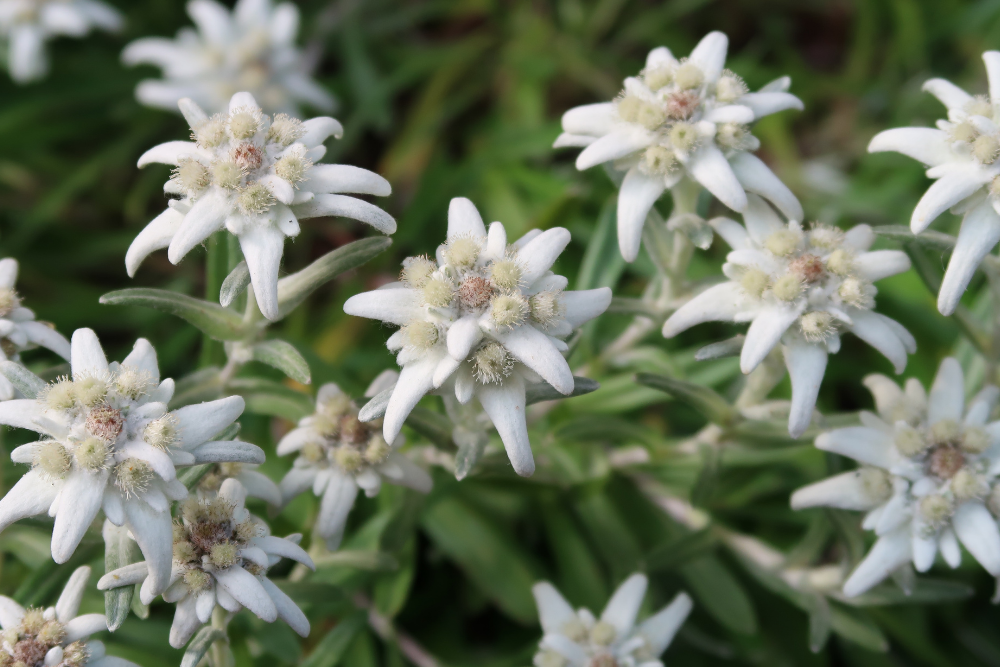
The Swiss Alps host over 3,000 species of plants, many of which have adapted to the region’s harsh climate, high altitudes, and rocky terrain. Some of these plants are found nowhere else in the world, making Switzerland a treasure trove for botanists and nature lovers alike.
1. Edelweiss (Leontopodium alpinum) – The Icon of the Alps
Where to Find It: Rocky slopes at altitudes between 1,500–3,000 meters, especially in the Valais and Engadine regions.
Perhaps the most famous Swiss flower, edelweiss is a symbol of the Alps and represents purity, courage, and resilience. This delicate, white star-shaped flower thrives in extreme conditions, growing on rocky outcrops where few other plants can survive.
Why It’s Special:
- Protected in Switzerland due to its rarity.
- Historically used in folk medicine for its anti-inflammatory properties.
- Featured on Swiss coins, stamps, and traditional emblems.
2. Alpine Rose (Rhododendron ferrugineum) – A Vibrant Splash of Color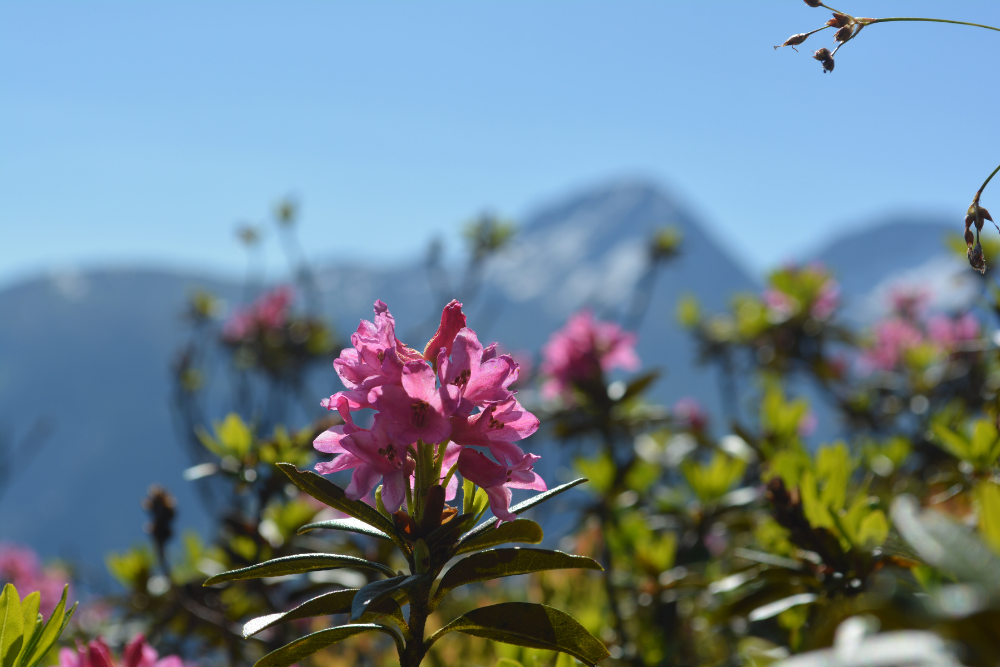
Where to Find It: Mountain slopes between 1,200–2,500 meters, commonly in Graubünden and Bernese Oberland.
The Alpine Rose is a bright pink flowering shrub that blooms in early summer, often covering mountainsides in spectacular bursts of color. It is a crucial pollinator-friendly plant, attracting bees and butterflies in high-altitude regions.
Why It’s Special:
- Its leaves contain antioxidants and are used in herbal teas.
- Resistant to cold and snow, thriving even in harsh alpine winters.
3. Glacier Buttercup (Ranunculus glacialis) – A Survivor of the Ice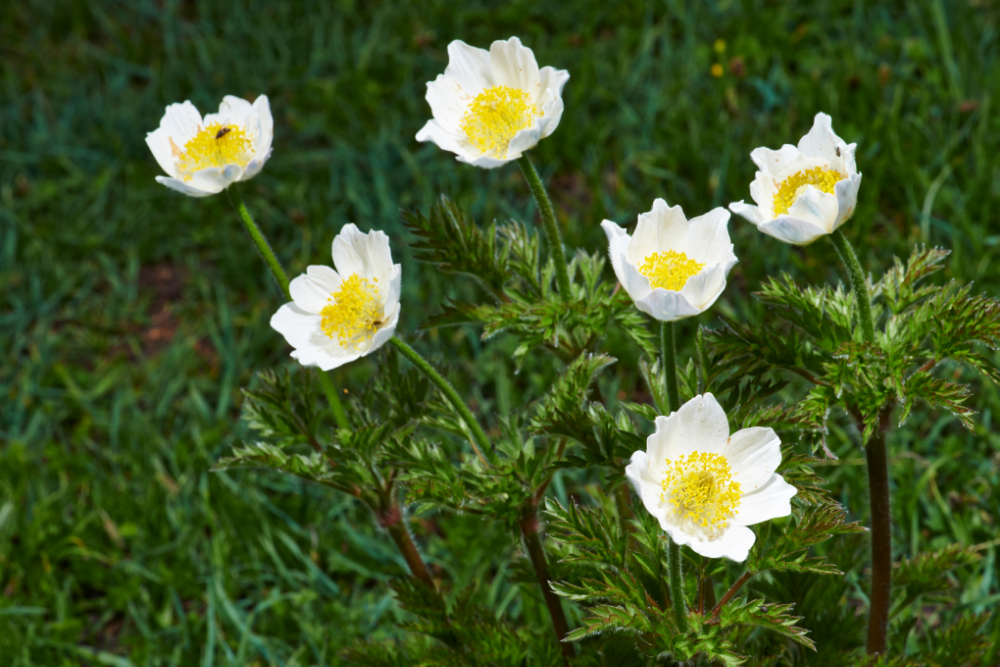
Where to Find It: Near glaciers and in rocky terrains above 2,500 meters.
This tiny but hardy plant is one of the highest-growing flowers in the Alps. It thrives in freezing temperatures and can even be found growing through patches of snow. Its petals turn pink as they age, adding to its striking beauty.
Why It’s Special:
- One of the few flowers to survive extreme altitudes.
- Adapts by growing close to the ground to minimize exposure to wind and cold.
4. Swiss Pine (Pinus cembra) – The “Queen of the Alps”
Where to Find It: Alpine forests between 1,400–2,500 meters, particularly in Engadine and the Jura Mountains.
The Swiss Pine, also known as Arolla Pine, is a resilient conifer that can live for over 1,000 years. Its seeds are a favorite food source for Alpine birds, and its wood is highly prized for its fragrant scent and durability.
Why It’s Special:
- Produces edible pine nuts used in Swiss cuisine.
- Its essential oils have calming and sleep-enhancing properties.
The Alpine Fauna of Switzerland
Switzerland is home to a remarkable variety of wildlife species, from majestic mammals to rare birds and hardy insects. Many of these animals are specially adapted to the rugged, high-altitude environment.
1. Alpine Ibex (Capra ibex) – The King of the Cliffs
Where to Spot It: High-altitude rocky terrains, especially in Swiss National Park, Zermatt, and Valais.
The Alpine ibex, or Steinbock, is an icon of the Swiss Alps, famous for its incredible climbing ability. These wild goats use their powerful hooves to scale steep cliffs, often appearing in seemingly impossible locations.
Why It’s Special:
- Nearly extinct in the 19th century, but successfully reintroduced in Switzerland.
- Males can grow curved horns over 1 meter long, used in dominance battles.
2. Chamois (Rupicapra rupicapra) – The Agile Mountain Antelope
Where to Spot It: Forested and alpine meadows between 800–2,500 meters, especially in Jura and Bernese Oberland.
The chamois is a fast and agile relative of the antelope, capable of jumping up to 2 meters in a single bound. These animals are often seen in rocky areas, where they move effortlessly across the steep slopes.
Why It’s Special:
- Their hooves can spread wide for grip or contract to sprint on hard surfaces.
- Their thick fur changes color with the seasons—brown in summer, gray in winter.
3. Golden Eagle (Aquila chrysaetos) – The Apex Predator of the Alps
Where to Spot It: High mountain ranges in Graubünden, Ticino, and Valais.
The golden eagle is one of Europe’s most powerful birds of prey, known for its razor-sharp talons and keen eyesight. It soars effortlessly over the Alps, hunting marmots, hares, and small deer.
Why It’s Special:
- Can spot prey from over 2 kilometers away.
- Mates for life and builds nests that are used for generations.
4. Marmot (Marmota marmota) – The Alpine Whistleblower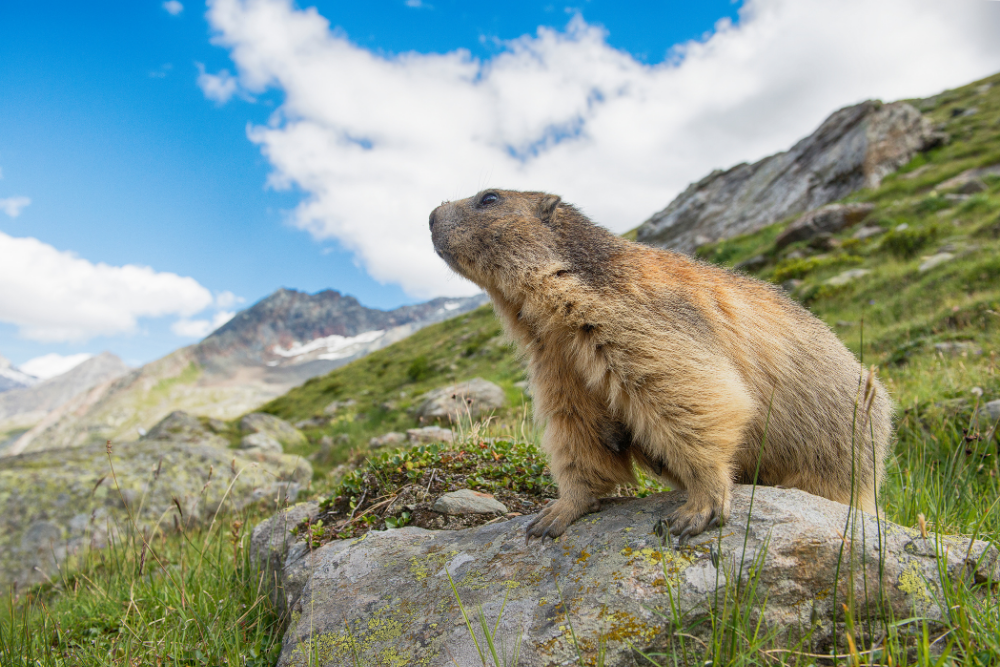
Where to Spot It: Alpine meadows and grassy slopes between 1,500–2,700 meters, commonly in Zermatt and Jungfrau regions.
Marmots are large, social rodents that live in burrows and hibernate for up to 8 months each year. Their distinctive whistling calls warn other marmots of potential predators like eagles and foxes.
Why It’s Special:
- Can dig complex underground tunnels extending over 20 meters.
- Highly adapted to extreme cold, with a thick layer of body fat for winter survival.
5. Fire Salamander (Salamandra salamandra) – A Mysterious Forest Dweller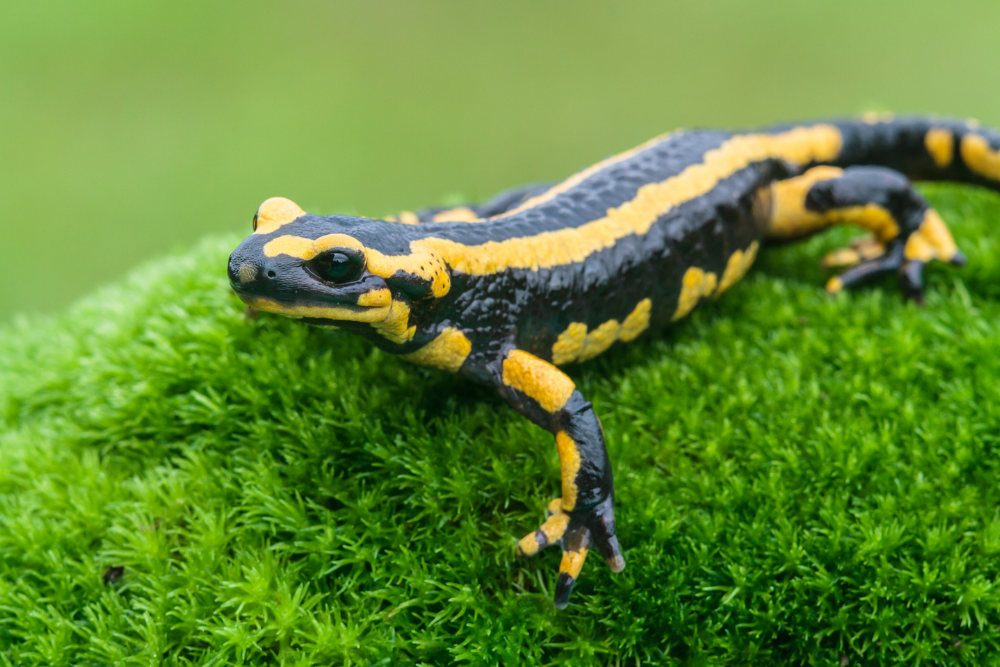
Where to Spot It: Moist woodlands and streams in Ticino and the Jura Mountains.
One of Switzerland’s most striking creatures, the fire salamander is known for its black-and-yellow coloration, which warns predators of its toxicity. It prefers damp, shaded forests and emerges after rainstorms.
Why It’s Special:
- Can regenerate lost limbs, including parts of its tail and legs.
- Its toxin is used in medical research for its potential pain-relieving properties.
Conclusion
Switzerland’s diverse alpine flora and fauna create a natural wonderland that is both delicate and resilient. Whether trekking through wildflower meadows, spotting an ibex on a rocky cliff, or listening to the whistle of a marmot, the Swiss Alps offer unforgettable encounters with nature.
By preserving these fragile ecosystems, Switzerland ensures that future generations can continue to experience its rich biodiversity and breathtaking beauty.












